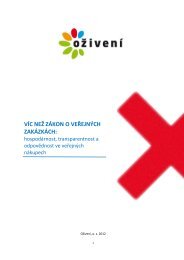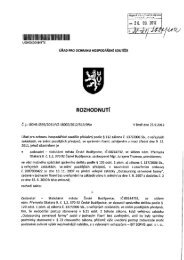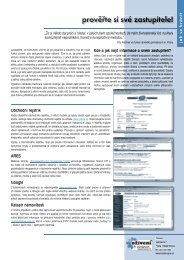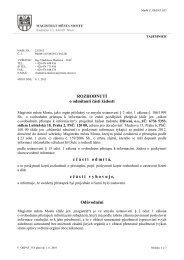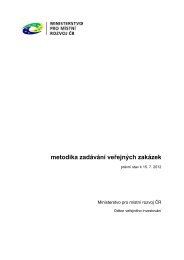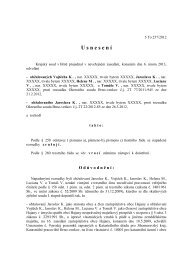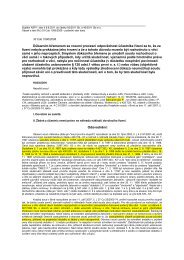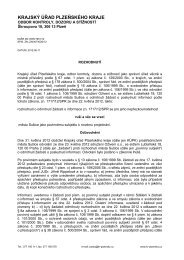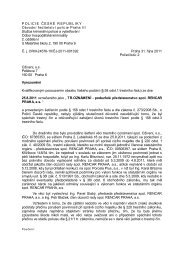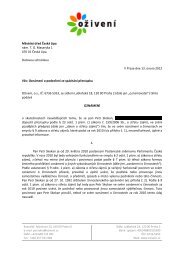Managing Conflict of Interest - Organisation for Economic Co ...
Managing Conflict of Interest - Organisation for Economic Co ...
Managing Conflict of Interest - Organisation for Economic Co ...
You also want an ePaper? Increase the reach of your titles
YUMPU automatically turns print PDFs into web optimized ePapers that Google loves.
Defining <strong><strong>Co</strong>nflict</strong> <strong>of</strong> <strong>Interest</strong> 29by and large put their personal interests first. <strong>Co</strong>rruption in the mainhas been below the top level <strong>of</strong> government. <strong>Co</strong>nsequently, P.R.China has avoided the “state capture” by business interests that hasblighted Russia. Furthermore, it has been argued that Chinese corruption—becauseit is primarily at the local level—is <strong>of</strong> a competitivenature and there<strong>for</strong>e involves an element <strong>of</strong> “ market clearing.”Unlike monopoly “rent seeking” in central government, “competitivecorruption” can ensure the efficient use <strong>of</strong> the scarce resourcesthat <strong>of</strong>ficials control; if one set <strong>of</strong> local <strong>of</strong>ficials is too greedy, businessescan go to another locality.IndiaIn terms <strong>of</strong> governance, when India became independent in1947 it was <strong>for</strong>tunate in three respects. It had a democratic constitution.It had a pr<strong>of</strong>essional higher-level civil service well known <strong>for</strong> itsintegrity and impartiality. It had political leaders who, influenced byGhandi, lacked material ambition <strong>for</strong> themselves and were whollycommitted to the economic and political trans<strong>for</strong>mation <strong>of</strong> theircountry. Where corruption and conflict existed, it was at low levels<strong>of</strong> government and <strong>of</strong> a petty kind—involving “speed money” paidby the “common man” <strong>for</strong> various public services.Over the following decades, several things changed. Thestrict controls on imports and investment <strong>of</strong>fered significant “rentseeking”opportunities, especially in a situation <strong>of</strong> severe <strong>for</strong>eignexchange and capital goods shortage. Punitive tax rates encouragedtax evasion and bribery <strong>of</strong> revenue <strong>of</strong>ficials. As the <strong>Co</strong>ngressParty ceased to have a near monopoly <strong>of</strong> power at the center andin the states, it needed increasing amounts <strong>of</strong> money to fight elections.Other parties also needed money. Factionalism, particularlyat the state level, and the competition <strong>for</strong> limited public resourceswas a powerful driver <strong>of</strong> political corruption. 19 <strong>Co</strong>rruption by politiciansrequired the complicity <strong>of</strong> <strong>of</strong>ficials. Although the media havebeen reasonably effective in exposing political corruption, thisfactor has not stopped politicians with corrupt reputations or evencriminal records from getting elected: voters seem more interestedin whether the politician will deliver on his or her promises.19See Khan, Mushtaq. 2006. <strong>Co</strong>rruption and Governance in South Asia. In SouthAsia 2006. Europa Publications.ADB/OECD Anti-<strong>Co</strong>rruption Initiative <strong>for</strong> Asia and the Pacific




